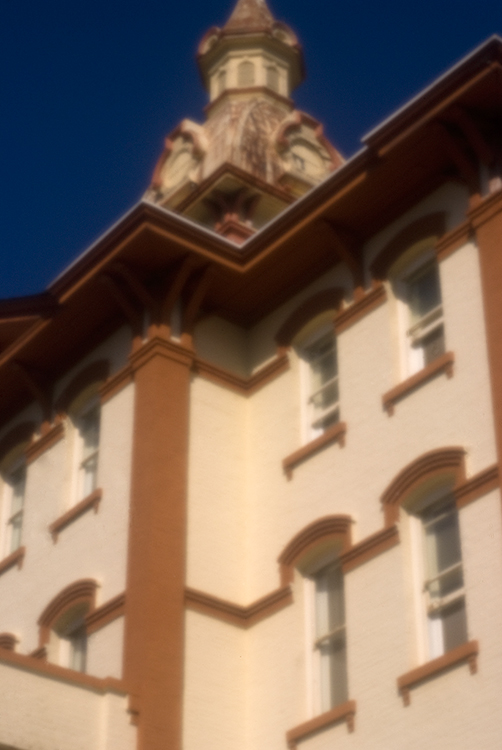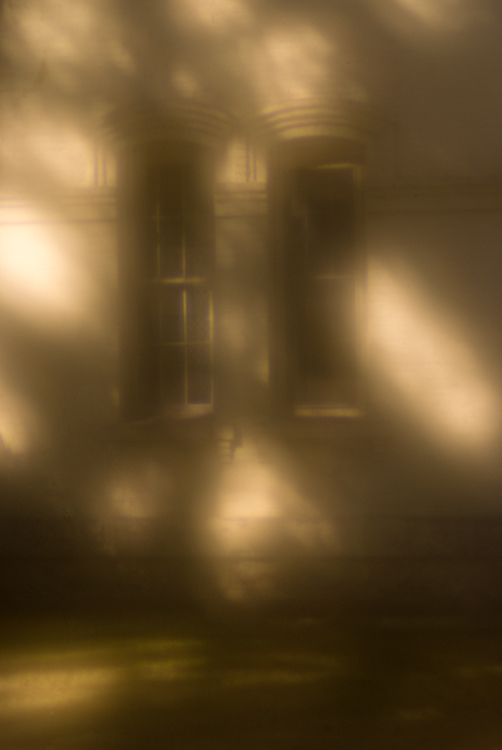 |
Good times are ahead in the world of photography as Lensbaby just revamped their entire line of creative lenses for SLR cameras. I’ve been a big fan of these quirky looking 50mm lenses that create a sweet spot of focus and selectively defocus the other areas. They’ve been described as bringing a very dreamy and ethereal quality to your photos and because of their unique look they are always an ice breaker when shooting.
 |
 |
 |
 |
 |
 |
So when my friends at Lensbaby asked me to beta test their latest incarnation, The Composer, I was very excited and had no idea what to expect! I received it right before my trip to the Oregon Coast. Not only did Lensbaby create the new lens, The Composer, but they also revamped their entire line by adding the Optical Swap System to all their revised lenses. Now one Lensbaby can have 4 different effects! You can easily swap out the standard 2 element glass lens for a more dreamy 1 glass element, or 1 plastic element (more holga-esque), or a zone plate/pinhole element! Ingenious idea! The Composer that Lensbaby sent me only had the pinhole/zoneplate optical element, so that is what I’ll be focusing on in this article. Also please be warned that I used a pre-production beta lens and things might still change by the time you buy yours!
The Composer, is and will be the easiest Lensbaby ever to use. I have owned all the previous versions, and have demonstrated them to thousands of people at photo events. It takes most people a week of constant Lensbaby use to get the hang of it. When you first try a lensbaby it can seem a bit like juggling while taking pictures, and no one really wants to juggle cameras! However, the new Composer will eliminate all the intimidation of how to focus as it uses a simple ball and socket configuration to smoothly and selectively focus. The previous versions, now called the Muse and the Control Freak really need the use of both of your hands to focus, while the Composer can be easily adjusted/focused with one hand by simply tilting the lens to the desired focus/defocus. I found the option to tighten the ball/socket to lock the angle position very helpful. It’s just like the friction control on a ballhead, you can simply adjust the tension for your tilt. A barrel focusing ring located at the front of the lens aids in fine-tuning the focus.
The zone plate/pinhole optical apertures are f/19 for the zone plate and f/177 for the pinhole. For those of you unfamiliar with zoneplates, they look like a black and white bullseye targets. A zone plate consists of a series of clear and dark concentric rings that have very specific diameters to create the chosen focal length. These specific targets are shot on a clear based film and then placed over the hole that now becomes the lens. In the Composer the zone plate/pinhole were placed in a shiftable turret making it quite easy to choose which one you wanted to shoot with by sliding the turret back and forth. To be completely honest with you, I had The Composer for 4 days and mainly used the zone plate setting, which I found the most interesting and easiest to use. Remember you are shooting with either f/19 or f/177 so your other choices are raising the ISO or lowering your shutter speeds in order to get the correct exposure. Sunny days and tripods are a must for using the zone plate/pinhole element though I did find the zone plate shooting to be very hand holdable . Also, the zone plate was easier to view the focusing in the viewfinder of the camera as it was letting in more light. I usually set the Composer on infinity focus while shooting pinhole. I was using a hand held meter for judging exposures though the in-camera meter in the Fuji S5 did pretty accurate job.
The first two images are of the Oregon State Hospital, where the movie One Flew Over the Cuckoo’s Nest was filmed. Angus and I were given a hot tip that OSH was giving a one day only tour of the J ward, where most of the movie was filmed. The Oregon State Hospital was built in 1883 and is in dire need of asbestos removal as well as other serious renovations. The complete and total renovation of the J ward and OSH is to begin later this year and hopefully be complete in 2011. The top image was taken with the pinhole setting on a tripod and the second image was hand held with the zone plate setting. Notice the beautiful glow that emanates from most zone plate images. The Diffraction of the highlights creates a very dreamlike look while still maintaining enough focus to make out details. The pinhole looks sharp/soft and emulates a plastic lens look without the vignetting. I personally do not like pinholes on SLR cameras. I like hand made pinhole cameras or pinhole box cameras as there is usually a more imperfect look to them. Heavy vignetting and bending verticals are usually what I like to see in imperfect pinholes. Lensbaby creates a pretty perfect pinhole and I advise utilizing the long exposures that f/177 will give you as well as putting something strong in the foreground to heighten the pinhole effect. I found that the tilting or bending of the lensbaby with the pinhole/zoneplate element did not create any selective focus effects in the viewfinder, so I shot most of my images with it focused straight ahead. I would like to further test this aspect as it would lead to a truly unique effect.
Besides the Fuji S5 with the Composer, the only other camera I had on this trip was the Wisner 4×5 camera. So when we were led inside the Oregon State Hospital for the tour, I knew I’d be at a handicap shooting indoors at minimum f/19. Just like any zone plate or pinhole, a tripod is necessary if you want to shoot indoors. Outdoors, during the day, the Zoneplate Composer will make you incredibly happy as ordinary objects attain a certain glow. The sunset Angus and I witnessed at Cannon Beach made my Top 5 Most Amazing Sunsets Ever list and I feel the essence of the memory was accurately captured by the zone plate Composer.
I reluctantly gave the Composer back to Lensbaby as they were preparing to bring it to the biggest photo trade show of the year, Photokina. I can’t wait to use it again as well as try the complete optical swap system. All the new Lensbabies, including the Composer, are due out in about 4 weeks. You can preorder and find out more information at Lensbaby.com or B&H Photo.


